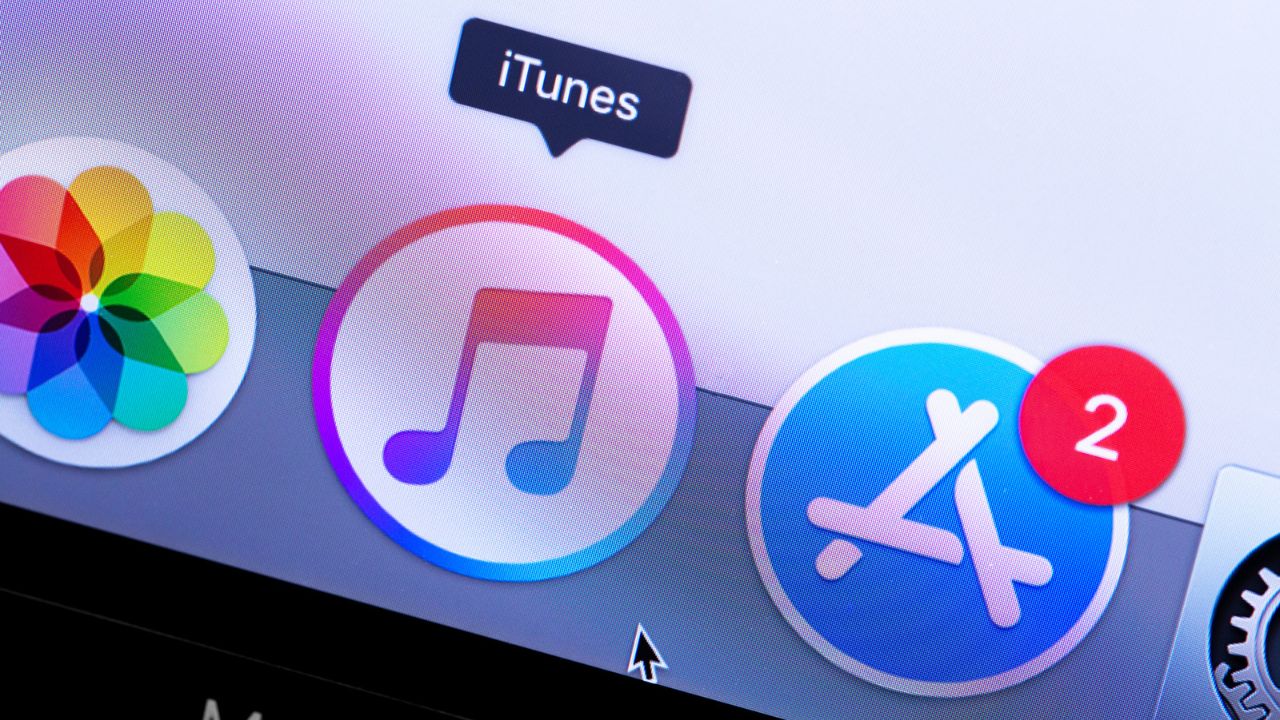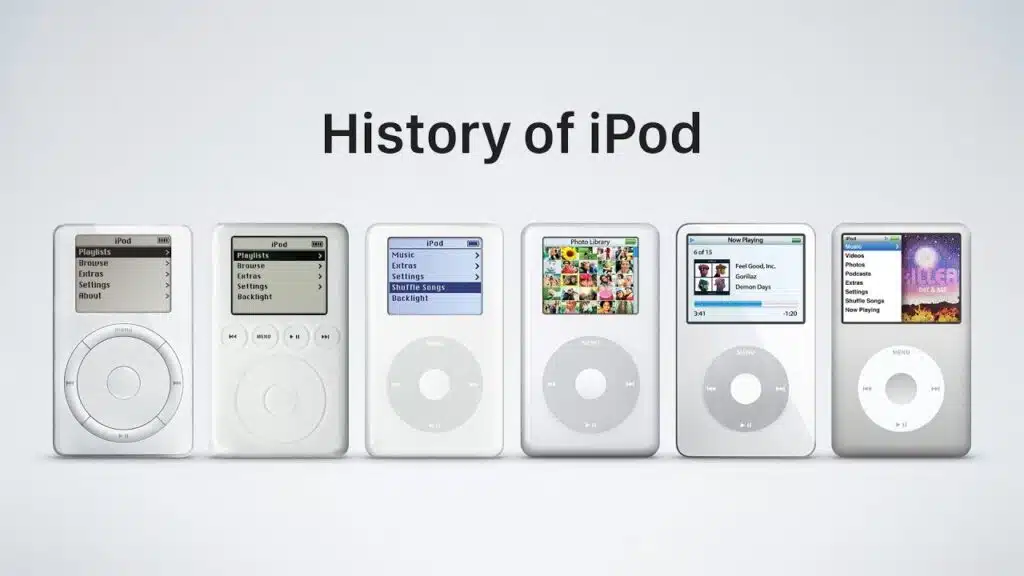If in 2003 you had gone around offering paid music on the web, probably someone would have laughed at you. Someone else, however, would have done worse. In the early 2000s lhe music on the web meant only one thing: piracy. Free everyone. And while i Metallica they fought for the closure of Napsterand in Sweden someone was thinking about music streaming, services Peer-2-Peer they multiplied like wildfire. In this confusion made of mp3 files of poor quality and dubious legalityApple launched iTunes Music Store. A gamble for 2003.
Already because the timeline of the discography, if we understand it as one of those straight lines on the history books, presents two big events: one in 2001 and the other in 2006. The first concerns the definitive closure of Napster, which for years had allowed the illegal sharing of music tracks. In the forefront against the service there were even Metallica, a band symbol of the heavy scene, which was never forgiven for “taking sides with the system”.
Instead, it was born in 2006 Spotify, the absolute revolution of legal streaming. In between, however, on April 28, 2003, exactly 20 years ago, Apple opens the doors to its first virtual music store: the iTunes Music Store.
iTunes Music Store: Want a song? It’s 99 cents
The concept behind it was simple: combine the physical record store with the online circulation of digital files. Users could decide, on iTunes, to buy only one song (at the price of 0.99 cents) or the entire album at full price. All in digital format, of good quality (or in any case superior to super-compressed files of illegal services) and above all in a legal way.
The network did not appreciate: Why pay for something you can get for free? Another 100 articles would not be enough to answer this question, but this is not the right place. Despite the skepticism of the web, the magazine TIME defined the service as “the coolest invention of 2003”.
Here Amazon Music with 3 months of free use
To facilitate the launch of the new store, Apple used the consolidated technique of sharing exclusivity. The Big Bitten Apple had in fact launched a few years earlier, on 23 October 2001, its first iPod. Another revolutionary tool that can never be talked about enough. A digital walkman. A concept that for anxiety survivors of Millennium Bug it was alien stuff.
However, Apple’s strategy was simple: Want to transfer music to iPod? You have to do it through iTunes.
In 2006, after losing the word Music from the name, the iTunes Store opens to the sale of the most diverse digital contents: video clips, movies, games and apps. We invite you to note one thing about this last sentence: it was 2006. Yes, the very year in which Spotify was officially born in Sweden.
Two visions at the antipodes: Apple a multinational company intent on selling digital music, Spotify a small company aiming to give it away for freesenza download, in streaming.
Between these two fires was obviously therecord industry, still trying to survive on the physical disc market. In the offices of the majors someone will have said, thinking of Darwin, that “here you either adapt or you die”. And in fact the dinosaurs of discography had to adapt and how, finding agreements with the new realities.
It is said that Steve Jobs himself had spent an entire year in a desperate attempt to strike a deal with the record market. Eventually he made it and, even today, iTunes is the most important global store for the purchase of digital music.
What seemed like a gamble in 2003 was, in hindsight, a winning bet.
















Leave a Reply
View Comments